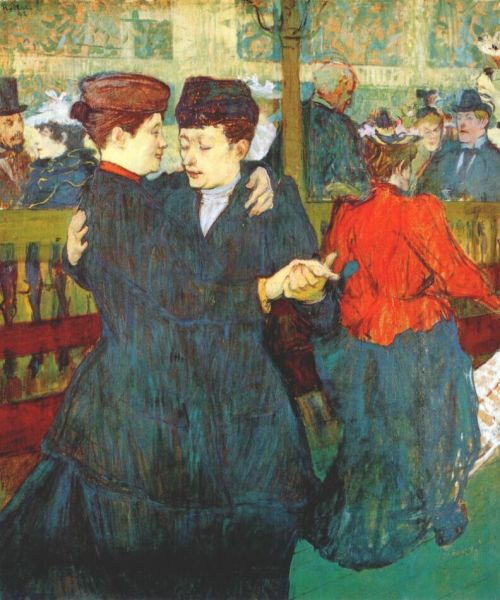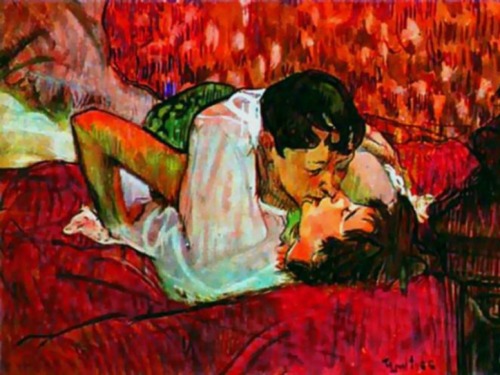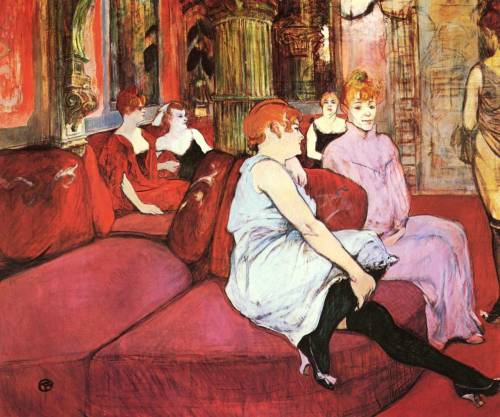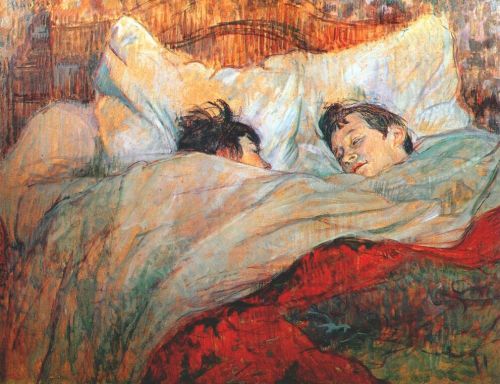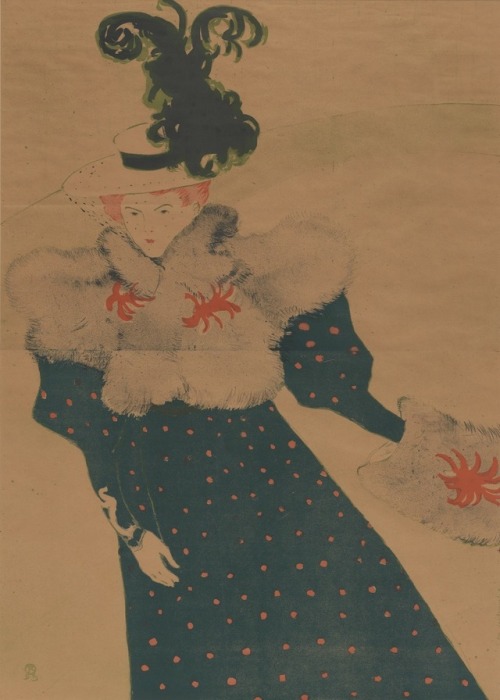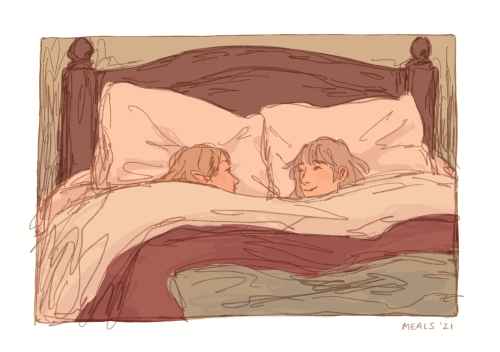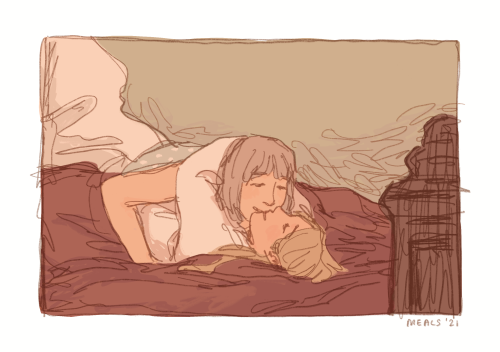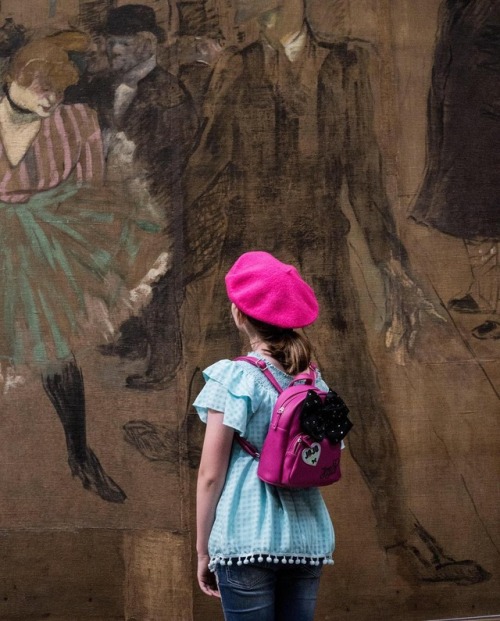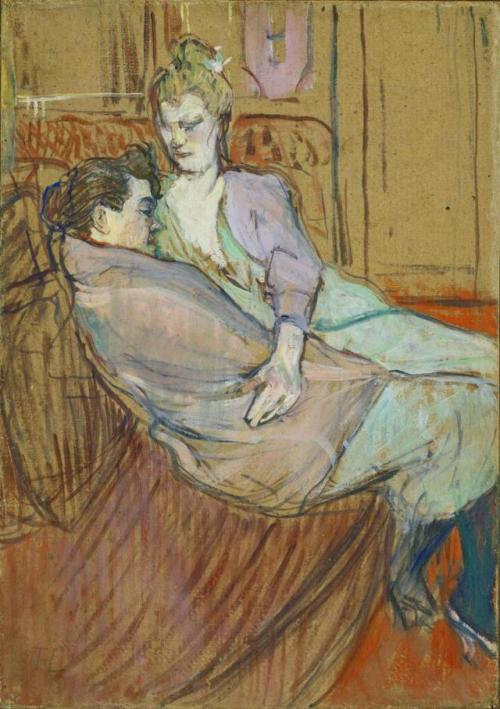#toulouse lautrec
Caudieux. 1893. Henri de Toulouse-Lautrec.
36 ¼ x 50 5/8 in./92.2 x 128.5 cm
A well-loved cabaret personality in Montmartre, Caudieux was a large, floppy ball of a man, shown here with coattails billowing behind him as he exits, stage right. As the actor purses his lips in self-satisfaction after what we can imagine to be a fine performance, a hollow-cheeked audience member gawks curiously up from the orchestra pit. Feinblatt calls this “a study in dynamic motion and concentrated energy… and his bustling sweep across the boards is an unparalleled rendering of movement among Lautrec’s posters” (Wagner, p. 20).
Available at auction February 25, 2018.
Post link
Henri de Toulouse-Lautrec (1864-1901) was a French artist of the post-impressionist period. Many of his works were inspired by the parisien brothels he frequently visited. I do not know that this one is an authentic Lautrec, but I would like to believe …
Post link
LOSE YOURSELF IN A LAUTREC
Dance at the Moulin Rouge (1895) by Henri Toulouse-Lautrec is just one of thousands of must-see masterworks on view at the incomparable Musée d'Orsay. Located in what was once the Orsay railway station, this landmark museum houses works by Pierre Bonnard, Paul Cézanne, Mary Cassatt, and Claude Monet, among other artistic luminaries.
Stay at any of our Paris properties to be within walking or driving distance to this iconic institution.
Post link
1. Henri de Toulouse-Lautrec - The Two Girlfriends, 1894
2. Henri de Toulouse-Lautrec The Two Friends 1894
“Throughout the 1890s Toulouse-Lautrec visited brothels in Paris and spent days observing the women there. A series of paintings on this theme culminated in ‘Au Salon de la Rue des Moulins’ of about 1894 (Albi, Musée Toulouse-Lautrec), which depicts the women sitting awaiting their clients.
This painting (2) may represent an early stage in the genesis of the Albi picture, but it also belongs to a series of paintings focusing on the friendships between the women which often, as here, portrayed intimate moments or gestures of companionship or sympathy. “ [source]
Post link
1. Henri de Toulouse-Lautrec - The Two Girlfriends, 1894
2. Henri de Toulouse-Lautrec The Two Friends 1894
“Throughout the 1890s Toulouse-Lautrec visited brothels in Paris and spent days observing the women there. A series of paintings on this theme culminated in ‘Au Salon de la Rue des Moulins’ of about 1894 (Albi, Musée Toulouse-Lautrec), which depicts the women sitting awaiting their clients.
This painting (2) may represent an early stage in the genesis of the Albi picture, but it also belongs to a series of paintings focusing on the friendships between the women which often, as here, portrayed intimate moments or gestures of companionship or sympathy. “ [source]
Post link




